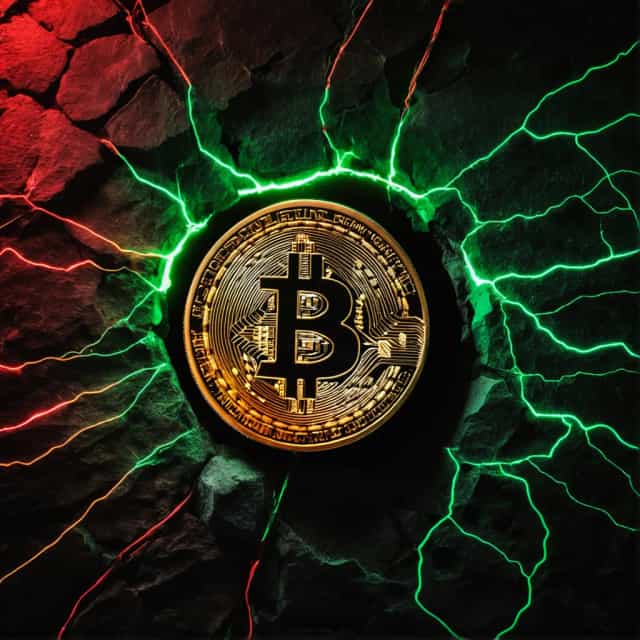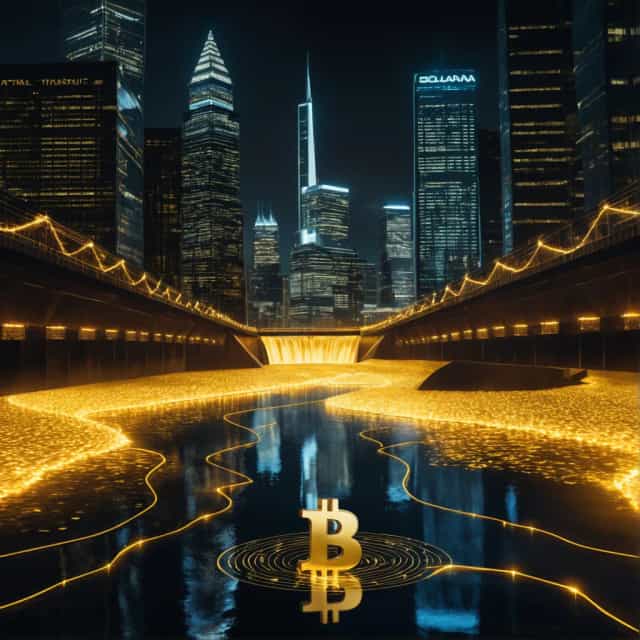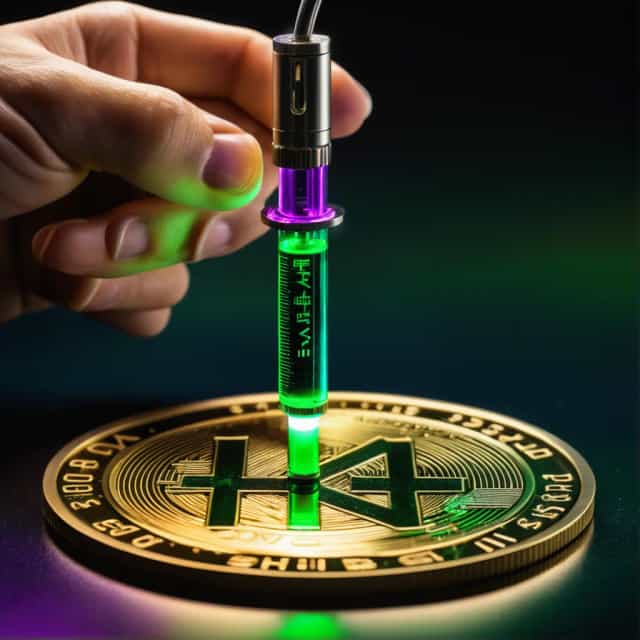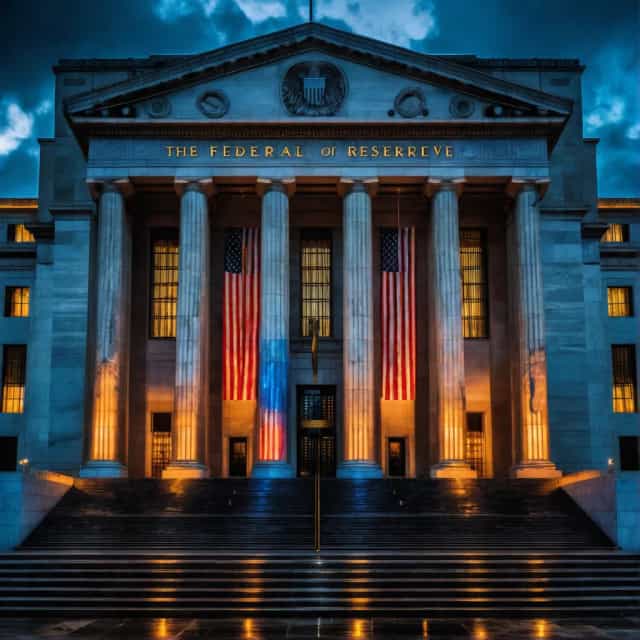
Image source: Block Media
KOSPI Index Reaches Historic High on Foreign and Institutional Buying Post-U.S. Rate Cut
The KOSPI index achieved a remarkable milestone on the 18th, closing at an all-time high, fueled by strong buying activity from foreign and institutional investors in the wake of a U.S. Federal Reserve interest rate cut. Market bellwethers Samsung Electronics (005930.KQ) and SK Hynix (000660.KQ) also posted new 52-week highs, underscoring a rally that reflects surging investor optimism.
According to the Korea Exchange, the benchmark KOSPI rose 47.90 points, or 1.40%, to close at 3,461.30, after opening higher at 3,432.77, up 0.57% from the previous session. This marked a continuation of the bullish momentum seen earlier this month, when the index closed at 3,314.53 on October 10, surpassing its previous peak of 3,305.21 set on July 6, 2021. The rally, which has achieved record-setting levels across five consecutive sessions, briefly paused as investors awaited the Federal Open Market Committee (FOMC) meeting results. Profit-taking during the prolonged upswing contributed to the halt. However, the Federal Reserve's decision to reduce interest rates reignited bullish sentiment, driving the index higher once more.
Foreign and Institutional Investors Drive KOSPI Momentum
The latest surge in the KOSPI index was predominantly supported by robust inflows from foreign and institutional investors. Retail investors were net sellers in the main market, offloading KRW 723.7 billion worth of shares. Conversely, foreign investors made net purchases of KRW 141 billion, while institutional investors acquired KRW 504.5 billion, collectively driving the index upward.
Jaewon Lee, a market strategist at Shinhan Investment Corp., commented, “The KOSPI’s resumption of its upward trajectory came on the heels of the U.S. rate cut. Notably, reduced net selling by foreign investors over the past two sessions has played a key role in this revival.”
Lee further analyzed the broader historical context, noting, “During the previous four instances when the KOSPI hit record highs, the index subsequently rallied an additional 16.3% on average over the next 125 days. Foreign buying was a critical factor in these rallies in all cases except for 2005. The current trend aligns closely with this historical precedent.”
Major Large-Cap Stocks Post Gains
Large-cap stocks on the KOSPI largely contributed to the gains, with most major players registering advances. Notable exceptions included Hanwha Aerospace (-0.68%), KB Financial Group (-0.76%), and HD Hyundai Heavy Industries (-1.28%).
Among the standout performers, Samsung Electronics surged 2.94% to close at KRW 80,500, while SK Hynix soared 5.85% to KRW 353,000, both achieving fresh 52-week highs. These gains further bolstered the index's upward trajectory, reflecting strong investor confidence in tech-sector growth.
KOSDAQ Joins in with Substantial Gains
The bullish sentiment extended to the KOSDAQ index, a key benchmark for South Korea's small- and mid-cap stocks. The KOSDAQ rose 11.58 points, or 1.37%, to close at 857.11. It opened at 851.94, up 6.41 points (0.76%) from the previous trading session, and sustained gains throughout the day.
Similar to the main board, retail investors were net sellers on the KOSDAQ, disposing of KRW 229.1 billion. Meanwhile, foreign investors purchased KRW 81.5 billion, and institutional investors contributed with KRW 159.1 billion in net buying, helping to propel the index higher.
Within the KOSDAQ, most large-cap stocks moved up, with a few exceptions, such as Paptreon and PharmaResearch, which saw declines of -1.78%. On the other hand, several stocks gained strongly, including Rainbow Robotics, which advanced 3.86%, followed by HLB (1.80%), Hugel (2.29%), and EcoPro (1.71%).
Currency Market Weakens
In the foreign exchange market, the Korean won depreciated against the U.S. dollar, reflecting broader market trends in currency trade. The KRW/USD exchange rate climbed by KRW 7.7 to close at 1,387.8. This movement underscores ongoing global market adjustments to monetary policy changes and investor sentiment regarding risk-related assets.
Outlook and Implications
The KOSPI's ascent to historic levels signals revitalized confidence among investors, bolstered by favorable external factors such as the U.S. Federal Reserve's rate cut and continued foreign inflows. Large-cap stocks like Samsung Electronics and SK Hynix remain pivotal to the index’s growth, demonstrating sectoral strength in technology. Meanwhile, the rally in the KOSDAQ index highlights the broader market's resilience, particularly among mid- and small-cap stocks.
As the index continues to gain traction, market participants will carefully monitor global economic developments and their implications for foreign investments. Overall, the sustained momentum could set the stage for further gains, reinforcing South Korea's position as a key player in the global financial markets.










